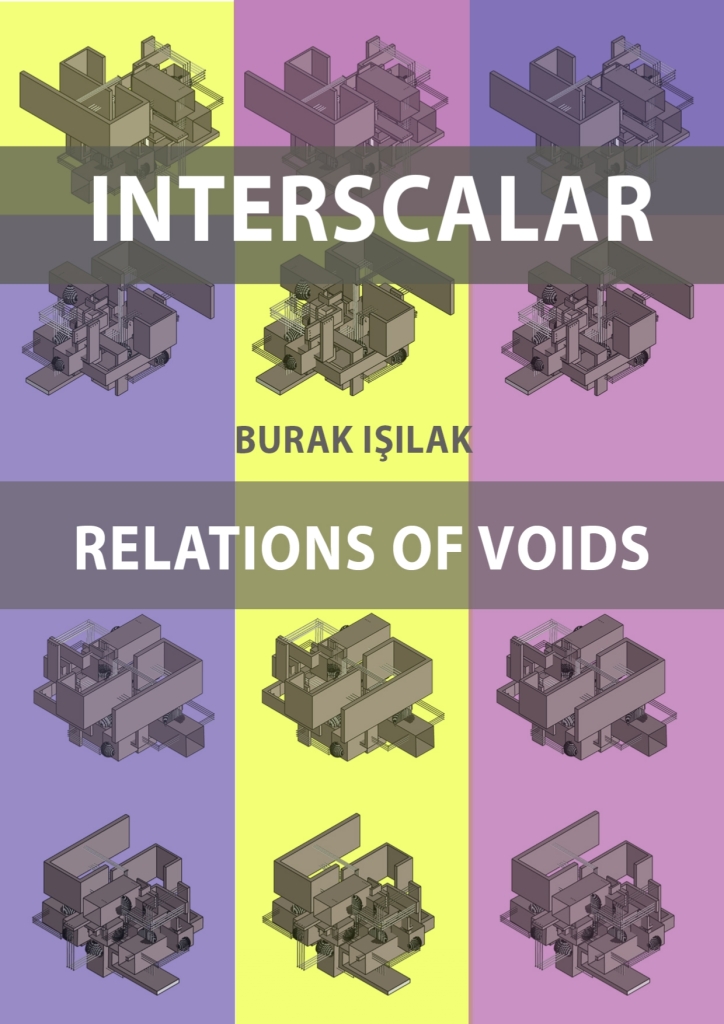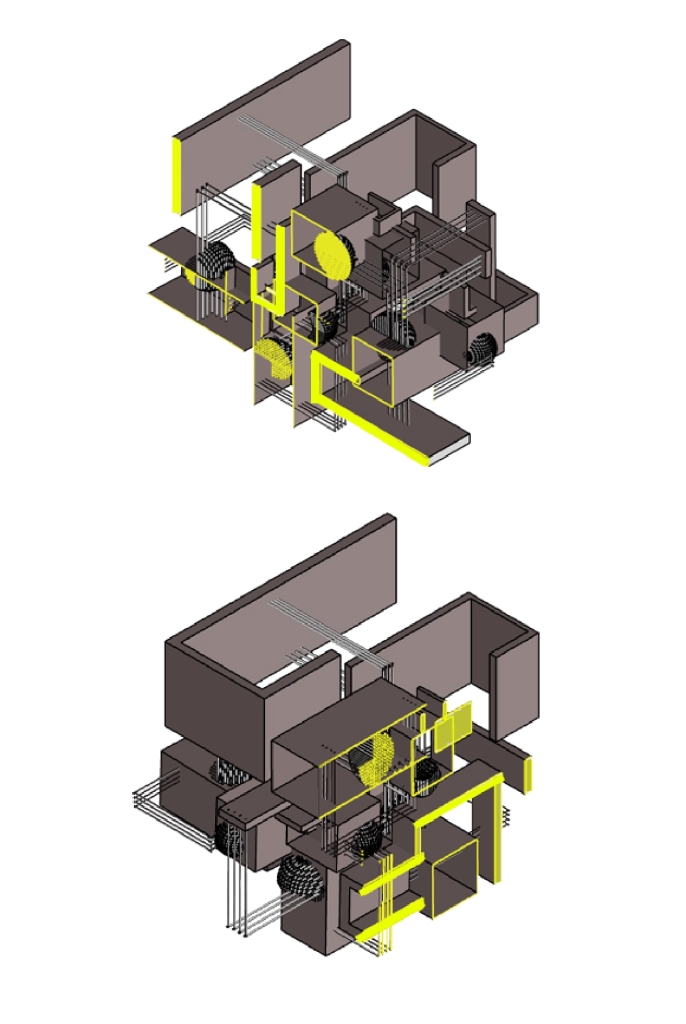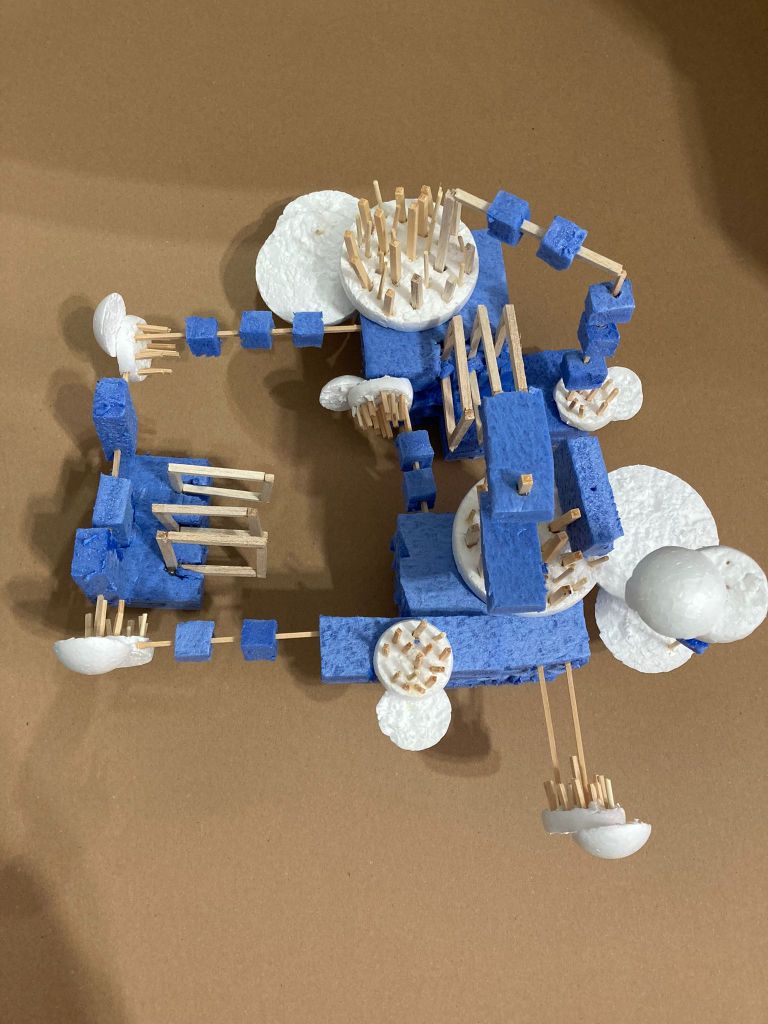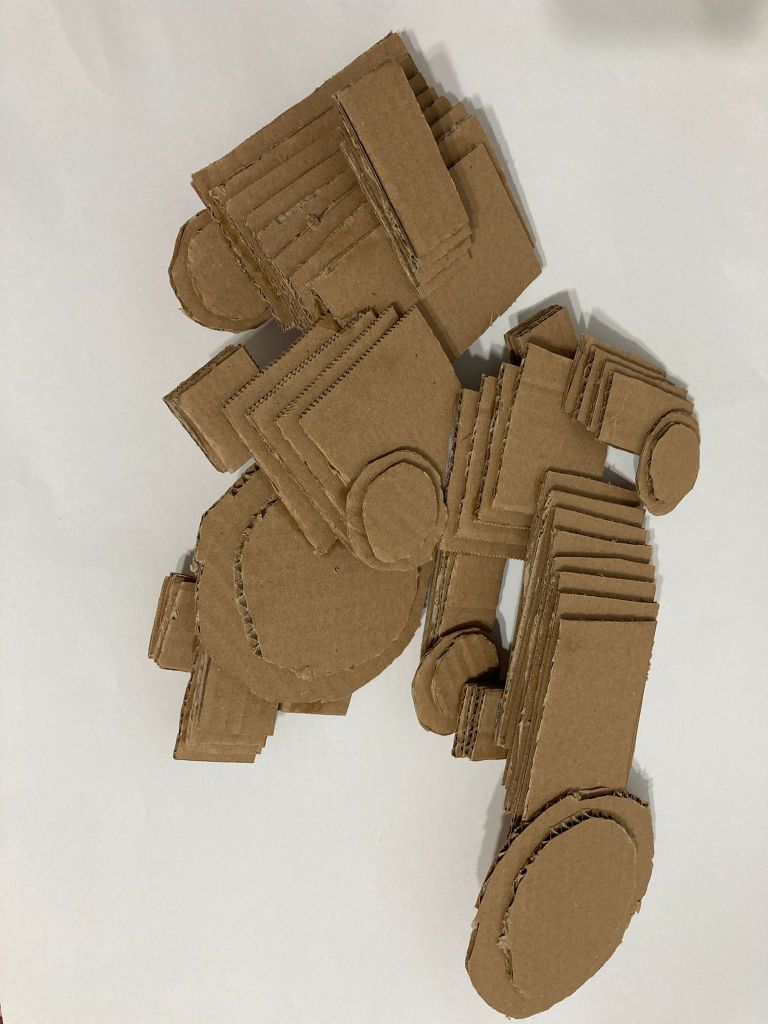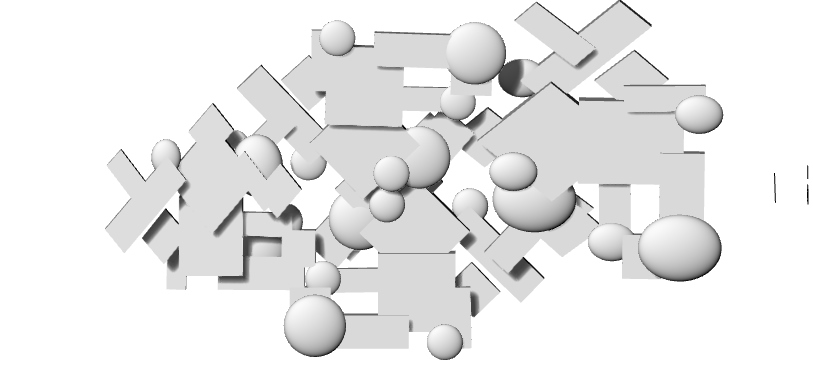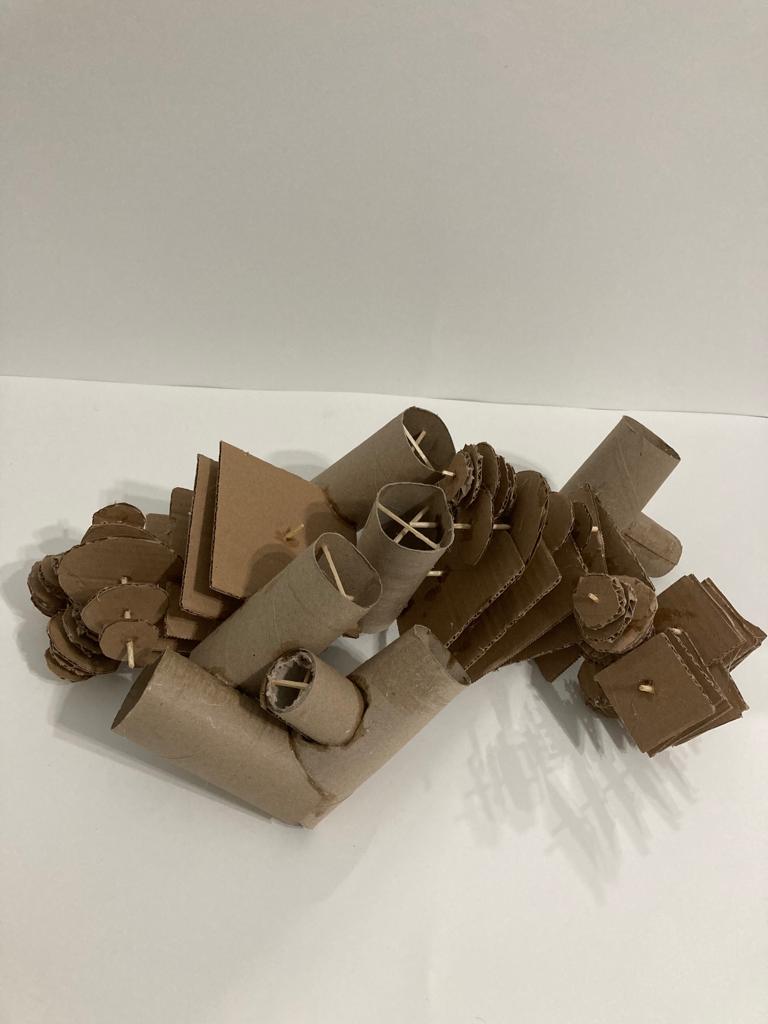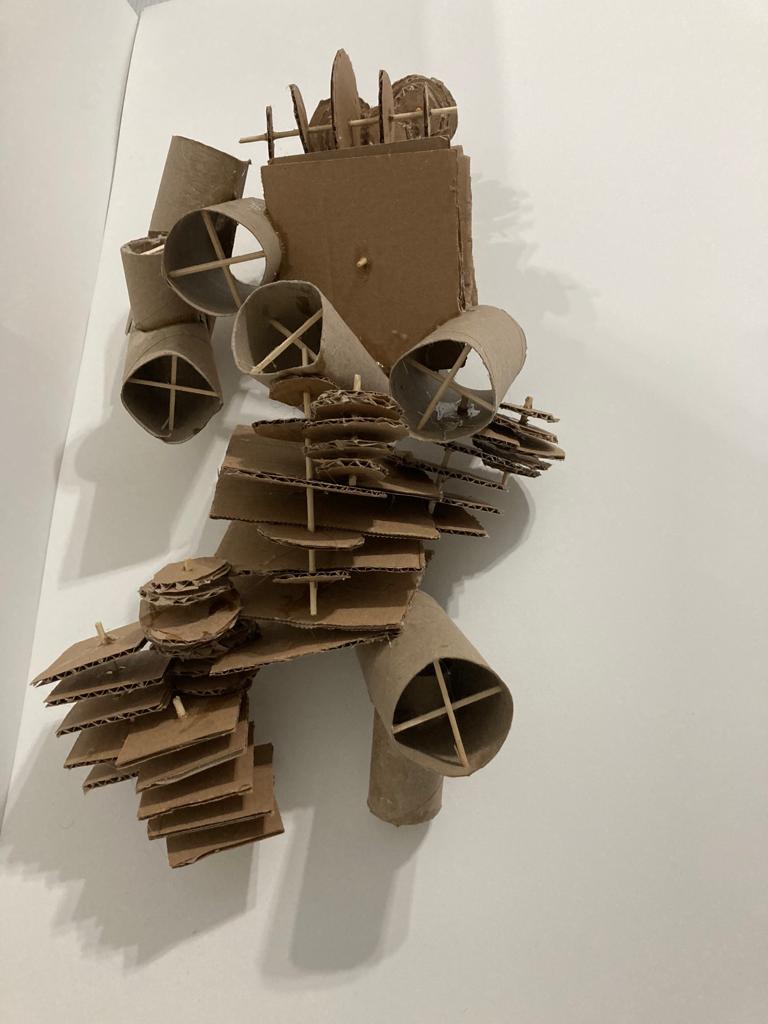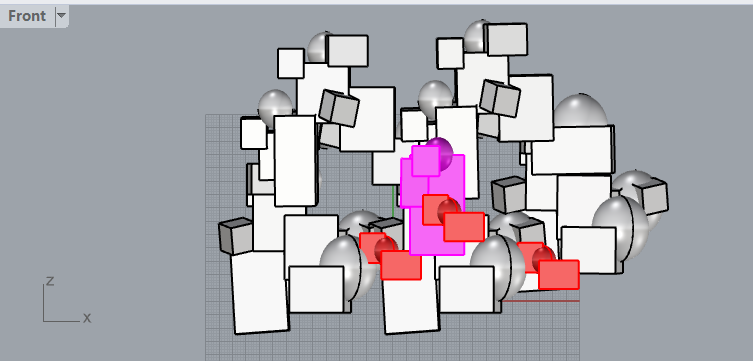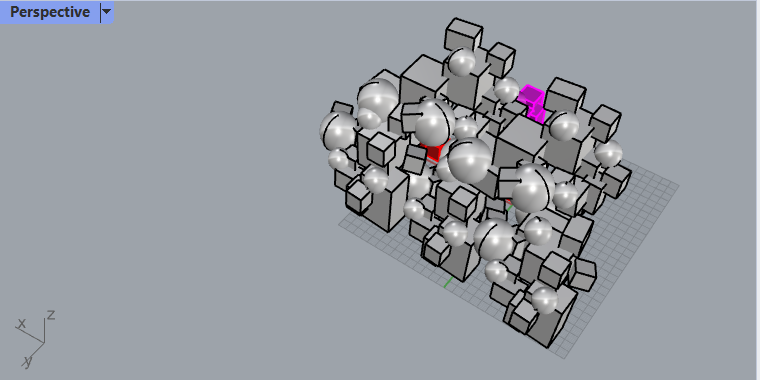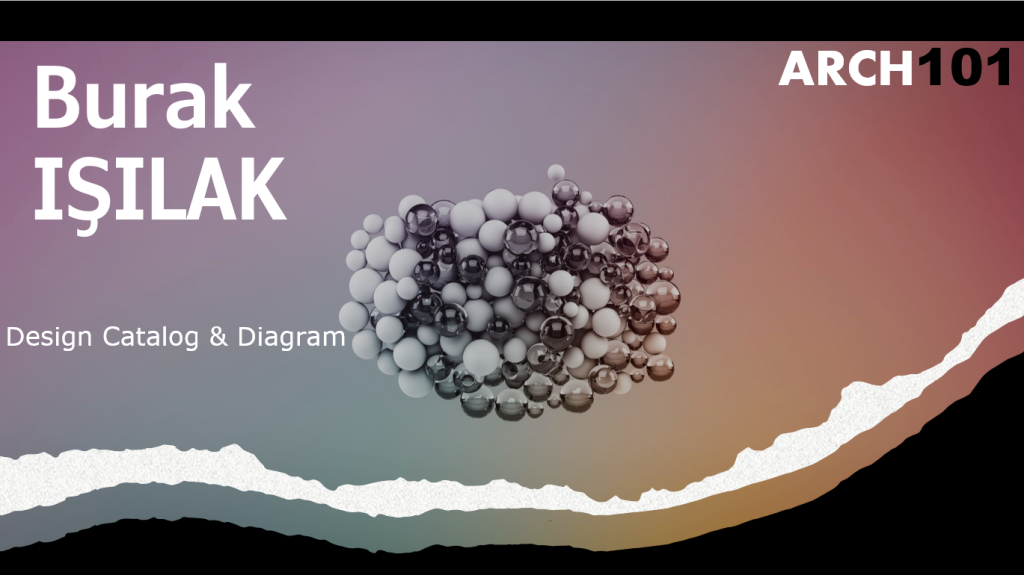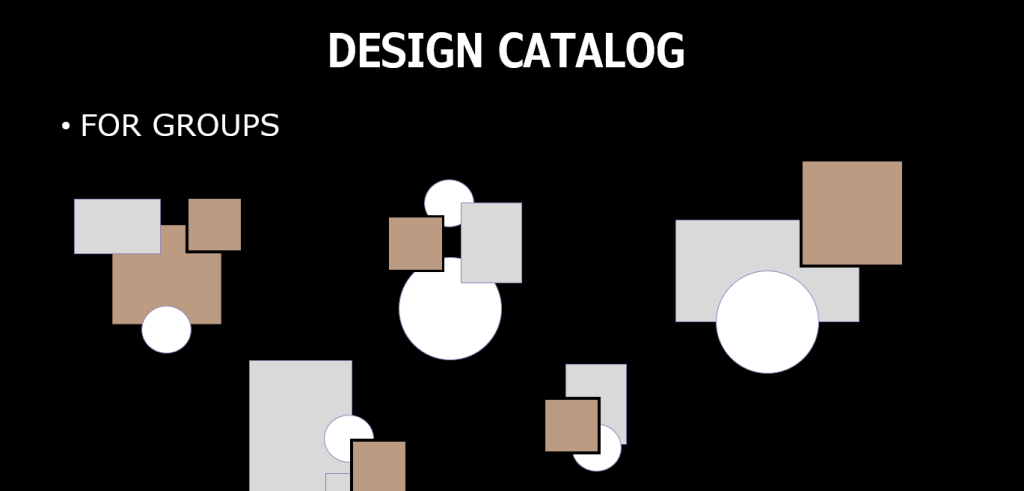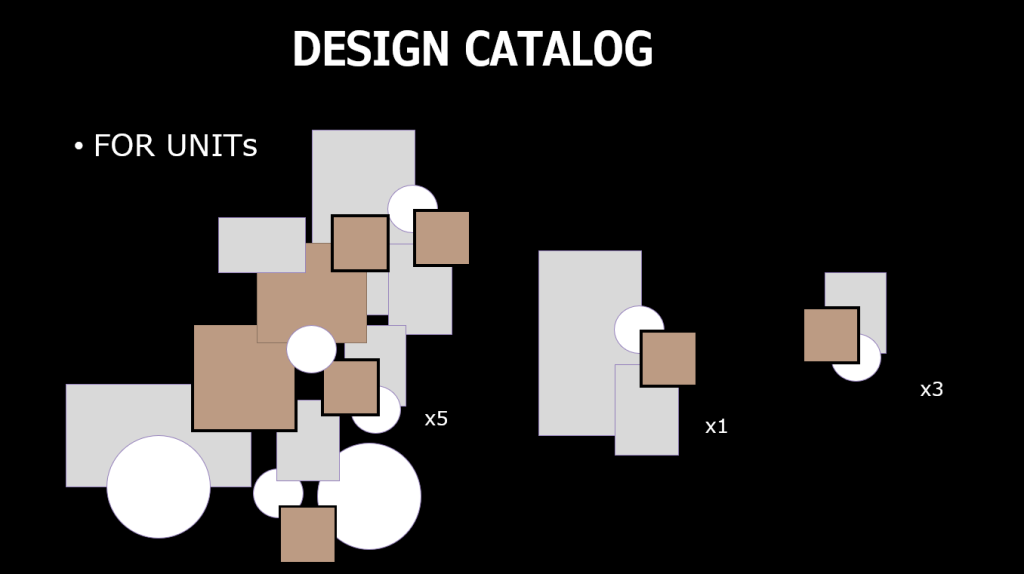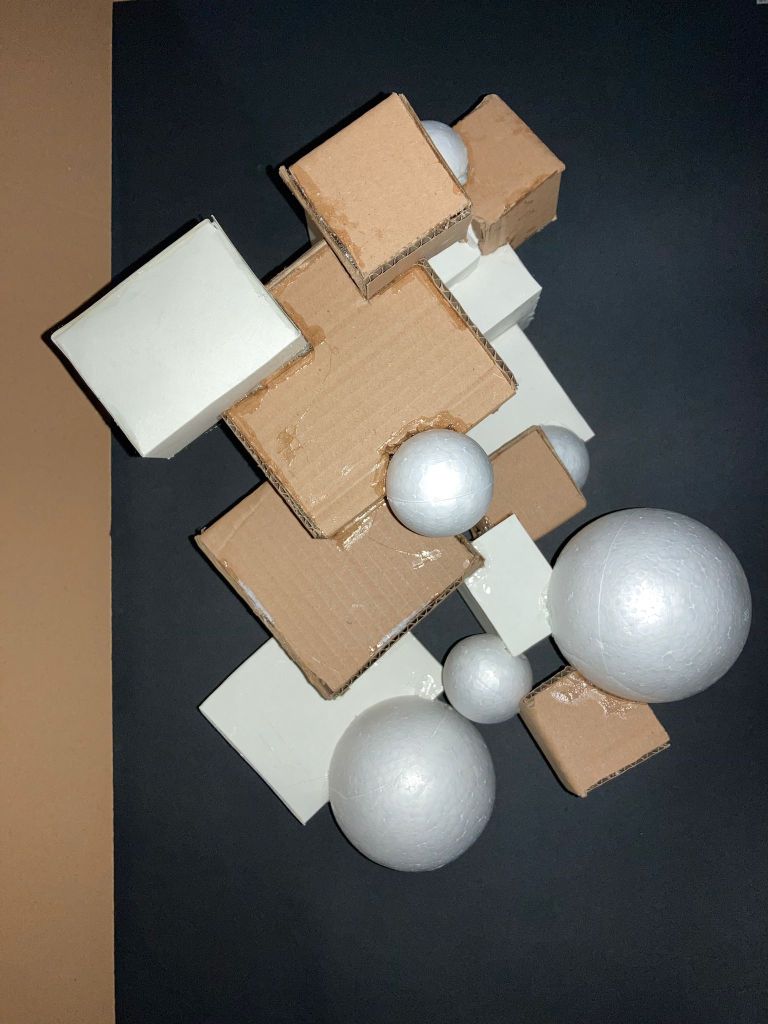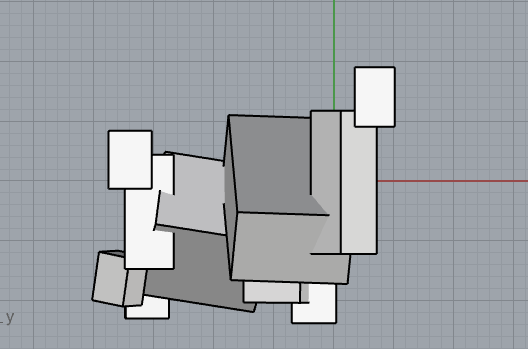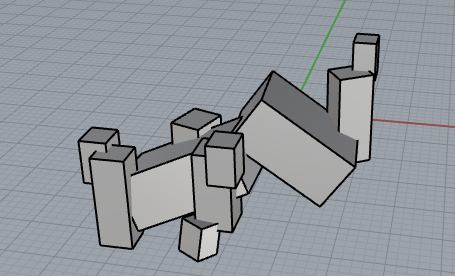BRIEF
INTERSCALAR | RELATIONS OF VOIDS intends to develop a sense of abstraction by beginning with the simplest relations among two elements;
the systematic exploration proliferated and got more complex with each studio discussion and assignment. We all studied several integrated concepts via continually changing scalar qualities through a series of exercises. Each exercise was a more intricate experiment through its material, relational qualities, technique and/or scale.
For the final assignment, we were assigned to continue developing our system of voids by interrelating design elements at all scales and in between scales. While doing this, we were asked to work with themes. Because the theme as an overarching idea united all the components in the design, i.e., ensure unity and consistency in the overall 3D composition. The studied themes guided us in designing voids and relating them to the whole 3D composition. Therefore, we seek consistency and unity in the design in terms of the relations of the voids and definitions and degrees of the enclosure as the theme defined and guided our system of relations.
ATTRIBUTES : a quality or feature regarded as a characteristic or inherent part of something.
Additionally, we were to consider material properties (color, texture etc.) and visual relations (transparency, visibility, light/shadow etc.) as attributes of our design elements and overall 3D composition.





